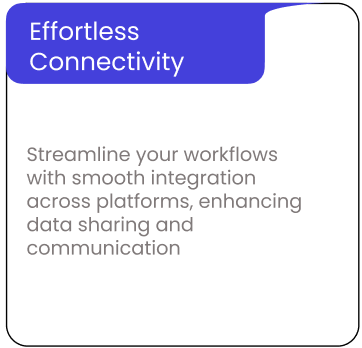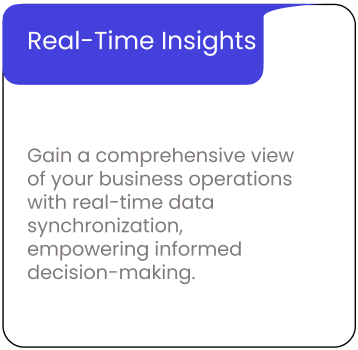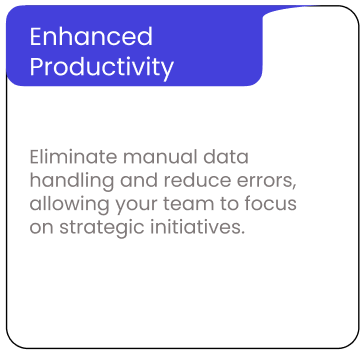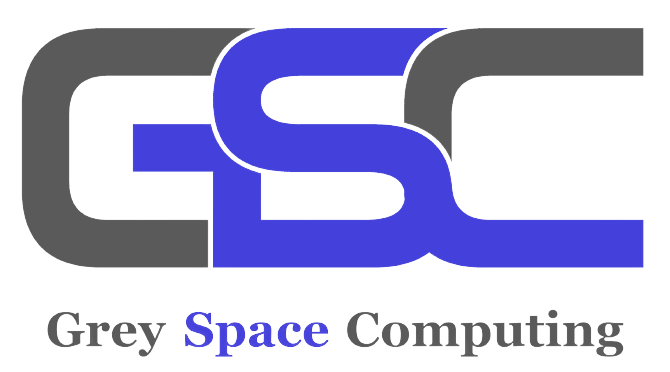Oracle ERP Cloud Integration Services
Transform Your Business Ecosystem with
Oracle Integration Cloud Service
Oracle ERP Cloud Integration Services
Transform Your Business Ecosystem with
Oracle Integration Cloud Service
Welcome to the future of seamless business operations with Grey Space Computing’s Oracle Integration Service. Our cutting-edge solutions bring unparalleled efficiency to your organization by seamlessly connecting disparate systems and applications. With a focus on enhancing collaboration and data flow, our experts tailor Oracle Integration to your unique business needs.
Understanding Oracle Integration Service
At its core, Oracle Integration Service is a robust platform that facilitates the smooth flow of data between various applications, databases, and systems within an organization. It acts as a centralized hub, ensuring real-time synchronization of information, fostering collaboration, and providing a unified view of business operations.
Benefits of Oracle Integration Service





Services offering in Oracle Integration
1. Oracle & Non-Oracle App Fusion
The integration of Oracle and non-Oracle applications emerges as a pivotal strategy for organizations seeking operational cohesion. This fusion ensures a seamless amalgamation of diverse applications, fostering unified operations and promoting a holistic view of business processes. By breaking down silos between Oracle and non-Oracle environments, businesses can unlock new levels of efficiency and responsiveness.
2. Holistic Business App Integration
The quest for operational efficiency reaches new heights with holistic business applications integration. This comprehensive approach goes beyond mere connectivity, aiming to synchronize and optimize the entire spectrum of business applications. From financial management to supply chain operations, achieving a cohesive and interconnected suite of applications becomes instrumental in enhancing overall efficiency and decision-making.
3. SOA, B2B, OSB, BPM Harmony
Navigating the intricacies of the integration landscape requires a harmonious blend of technologies. Service-Oriented Architecture (SOA), Business-to-Business (B2B) integrations, Oracle Service Bus (OSB), and Business Process Management (BPM) collectively form the backbone of streamlined operations. This harmonized approach ensures a fluid exchange of information, fostering a more agile and responsive organizational structure.
4. SaaS to SaaS Synergy
The era of cloud computing brings forth the need for Software as a Service (SaaS) to SaaS integration. This synergy allows organizations to foster collaboration seamlessly across cloud-based applications. By unifying SaaS solutions, businesses can enhance communication, data sharing, and overall productivity in a cloud-centric environment.
5. Hybrid Harmony (SaaS to On-Premises)
The hybrid integration approach becomes paramount as organizations navigate between on-premises and SaaS applications. This harmonious blend bridges the digital divide, ensuring that both traditional and cloud-based systems operate cohesively. The result is a unified digital landscape that optimizes efficiency and embraces the advantages of both deployment models.
6. Legacy Systems Transformation
In the pursuit of innovation, legacy systems transformation takes center stage. This imperative involves modernizing operations by efficiently integrating and upgrading legacy systems. By incorporating modern technologies into existing infrastructures, organizations can future-proof their operations, unlocking new capabilities and possibilities.
7. Internet of Things (IoT) Fusion
As the Internet of Things (IoT) permeates industries, organizations seek to seamlessly integrate and manage IoT devices. This fusion enables the harnessing of data-driven insights, transforming raw data from connected devices into actionable intelligence. From predictive maintenance to enhanced operational visibility, IoT integration becomes a cornerstone of data-driven decision-making.
8. Scheduled & Event-Driven Integration
The essence of operational excellence lies in timely and responsive operations. Scheduled and event-driven integrations ensure that data flows seamlessly based on predefined schedules or triggered events. This agility in data movement enables organizations to stay ahead of the curve, responding promptly to changing business dynamics and emerging opportunities.


